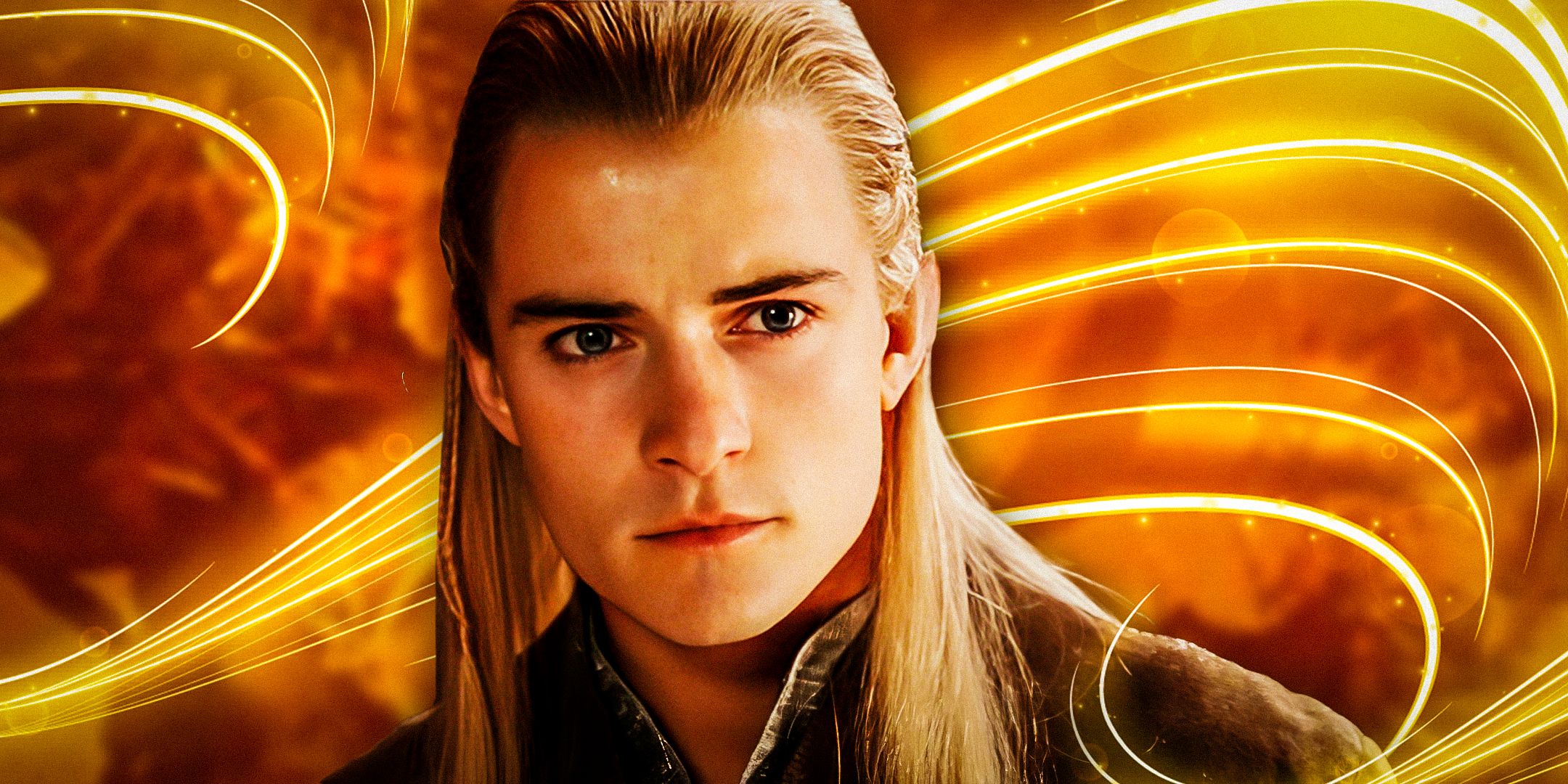
However, Legolas didn’t simply fade into obscurity following the events chronicled in the Lord of the Rings series. As a member of the immortal race of Elves, Legolas theoretically could live forever if he doesn’t fall to the sword or through some other violent means. He continued to make an impact on Middle-Earth all the way up until he took his final journey, following in the footsteps of his kin and even Frodo Baggins.
Legolas & Gimli Remained Friends After Lord Of The Rings
Their friendship endured long after the Ring was destroyed
.jpg)
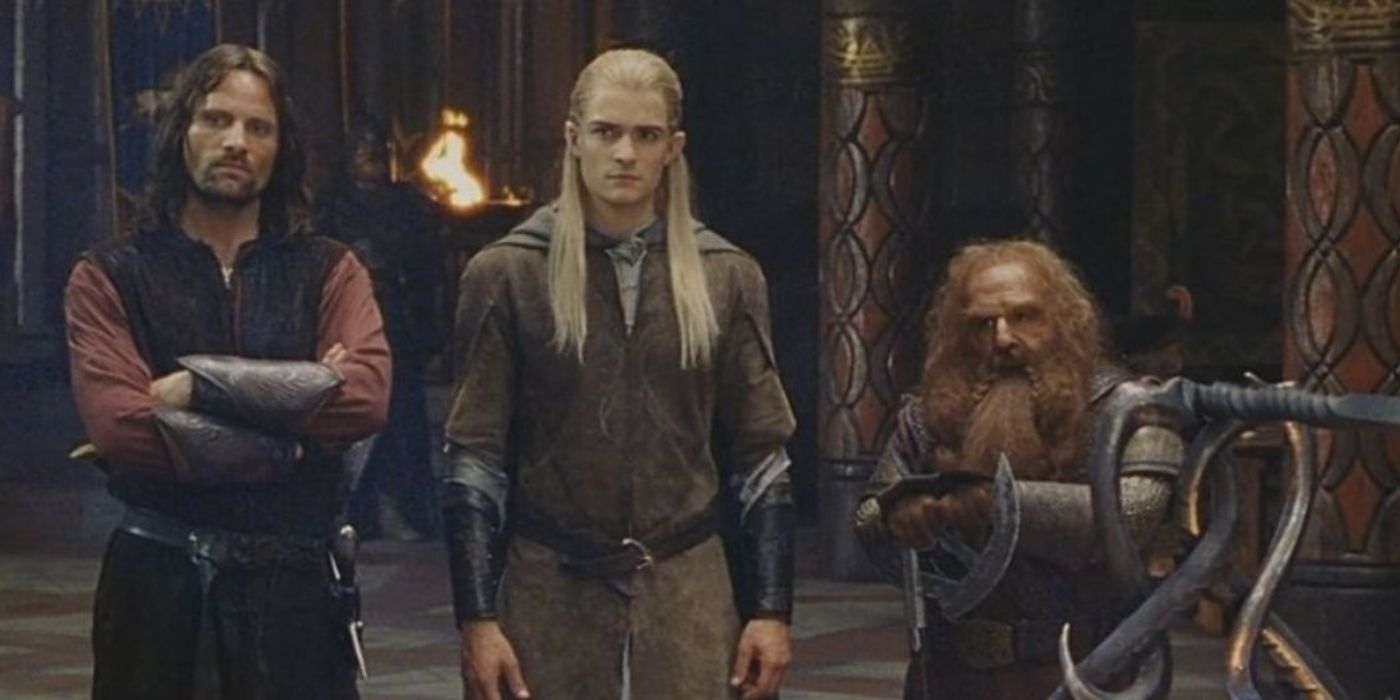
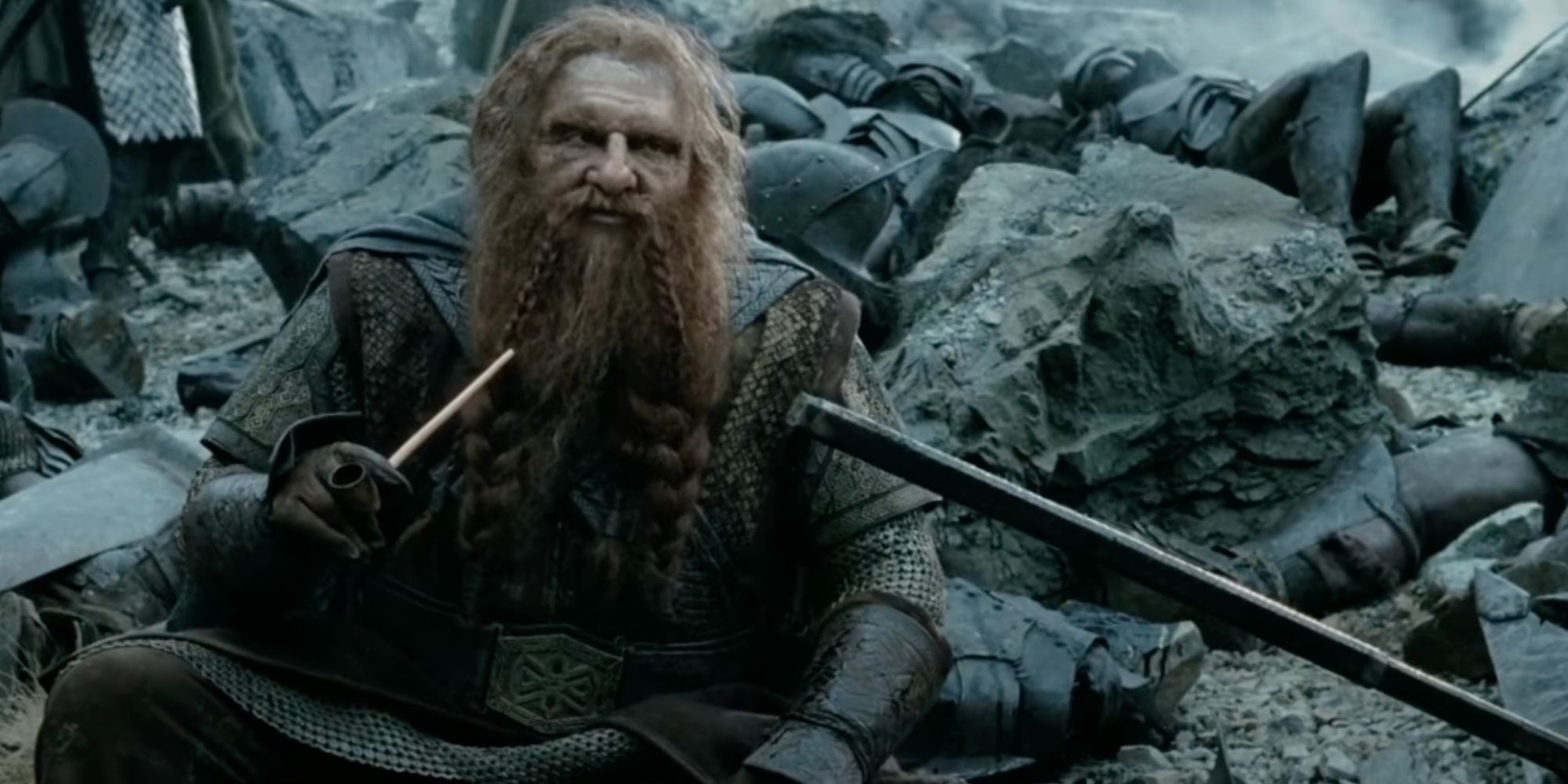
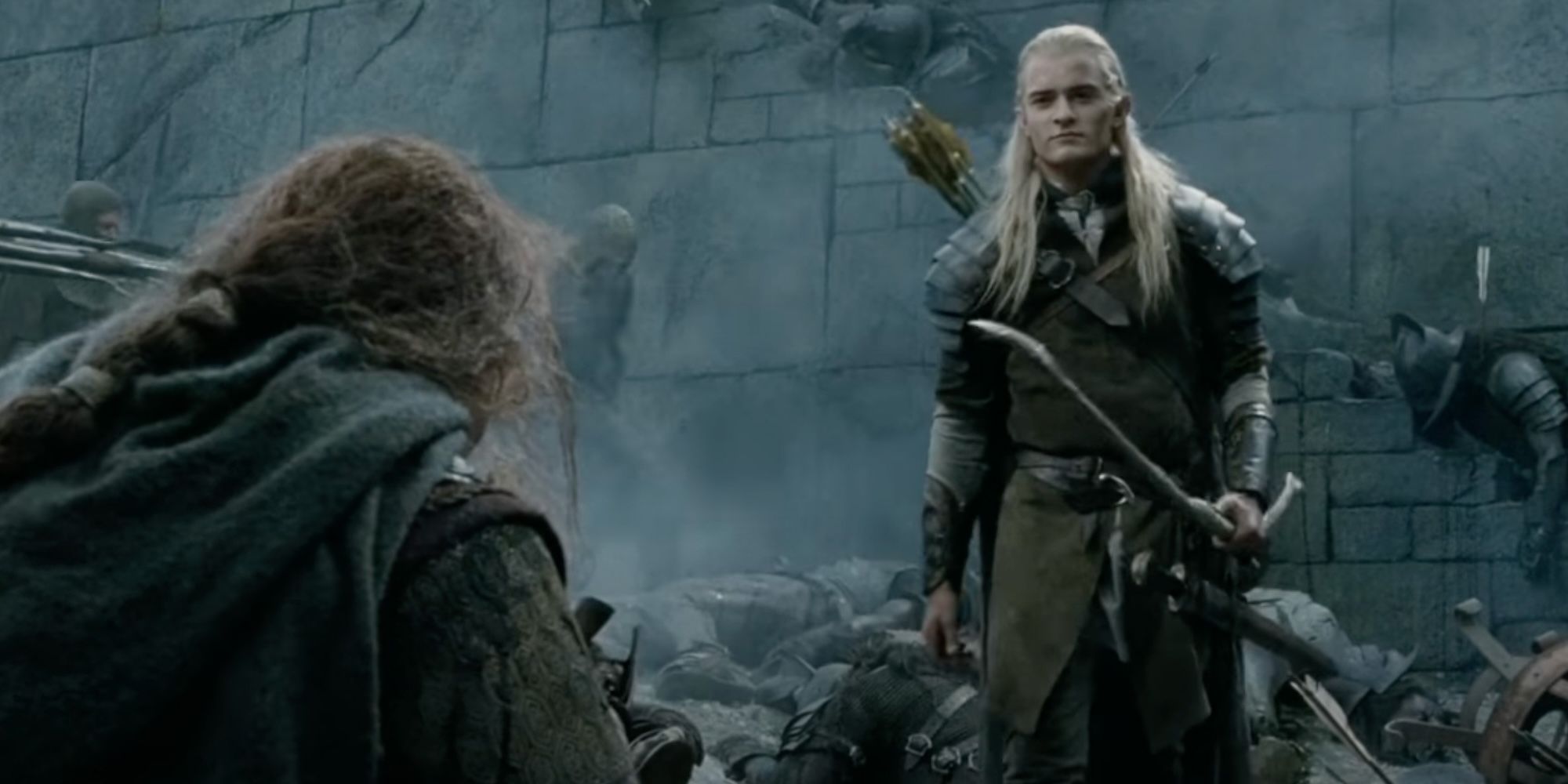
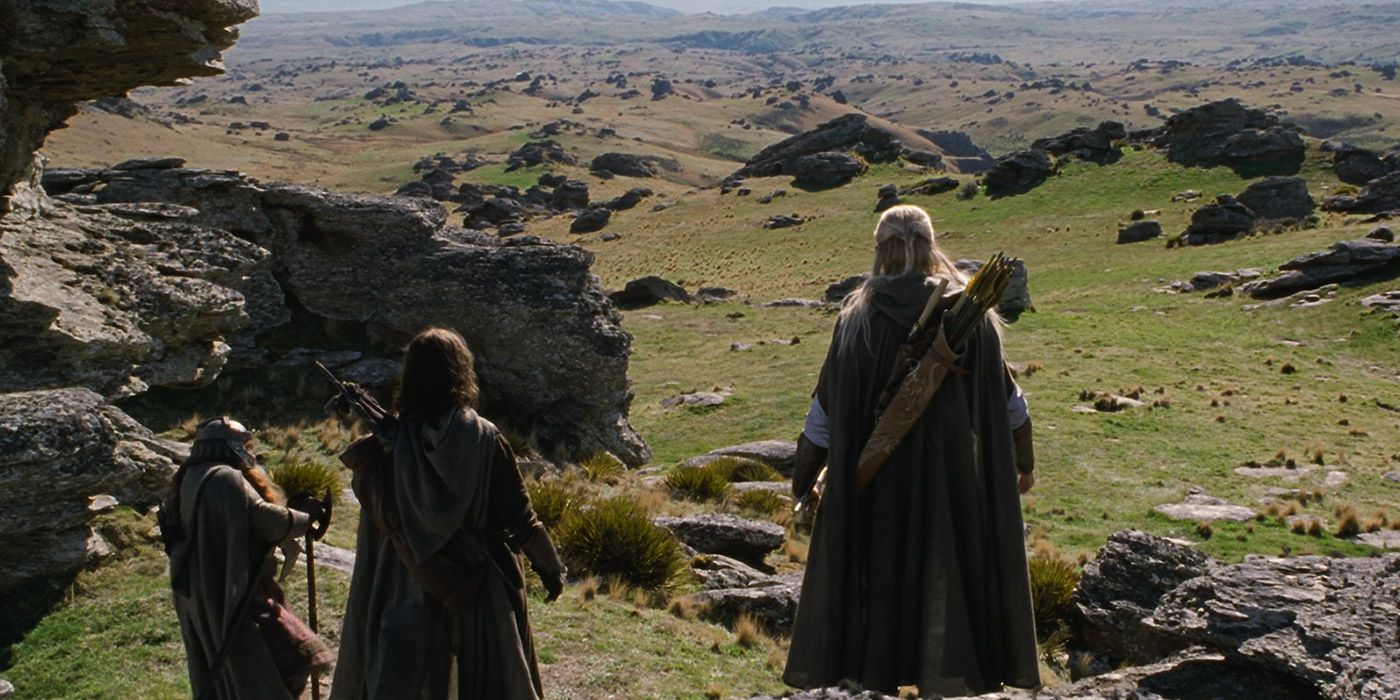
.jpg)




Legolas and Gimli began as bitter enemies when they first met in Rivendell. Gimli still holds on to the ancient feud between Dwarves and Elves, which J.R.R. Tolkien elaborated on in The Silmarillion, although not in the Lord of the Rings novels. The tension eased as they continue on their journey with the rest of the Fellowship, and as depicted in both the movies and novels, they engaged in a friendly rivalry at the Battle of the Hornburg. From there they developed a fierce friendship, and were constant companions throughout the rest of their journey with Aragorn.
Legolas’ real age is never given in the Lord of the Rings novels, but the official guide for the movies notes that he was 2,931 years old when the Fellowship was formed.
After the destruction of the One Ring, the two continued their friendship for many years. Both stayed for Aragorn’s coronation, as seen in Return of the King, and eventually reunited to honor a pact they made during their initial journey together; they explored the Glittering Caves of Helm’s Deep, and ventured deep into Fangorn Forest. Their friendship remained intact for many years, and survived long after the death of Aragorn and the rebuilding of Middle-Earth.
Legolas Helped With The Restoration Of Middle-earth After Sauron’s Defeat
Legolas was very active during the Fourth Age
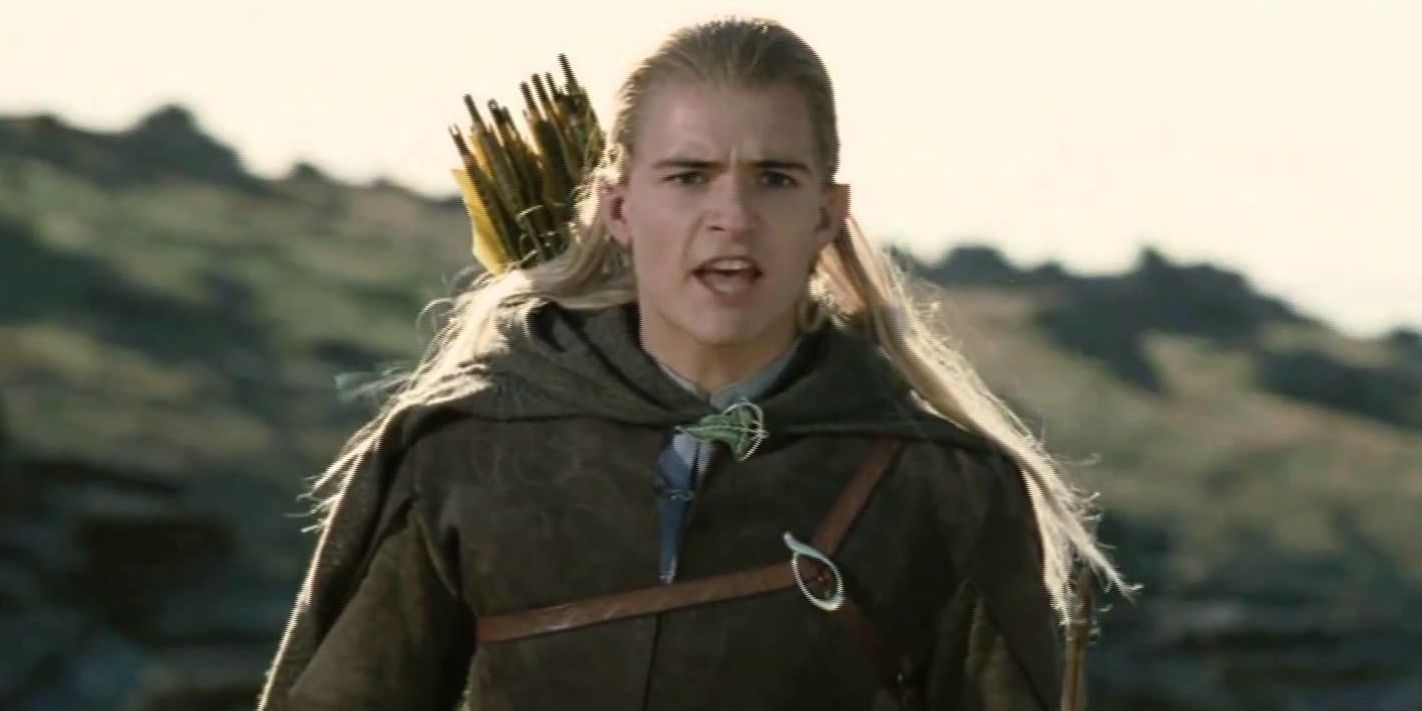
In addition to his adventures with Gimli, Legolas played a major role in how Middle-Earth recovered from the evil that spread from Mordor at the end of the Third Age. Following his travels after the end of the war, Legolas chose not to leave Middle-Earth with many of his kin, and instead obtained permission from his father to remain. He, along with a number of his fellow Mirkwood Elves, chose to remain in Ithilien, the mostly-unsettled wilds where Faramir captured Frodo in The Two Towers.
He spent his time restoring the area of Ithilien, which lay to the east and southeast of Minas Tirith. As one of the Silvan Elves (Woodland Elves), the forest’s restoration was important to him. With the Haradrim and the Orcs of Mordor mostly gone, he had the opportunity to rejuvenate the woods that had been burnt or destroyed. Minas Morgul, which was the largest city in Ithilien before being taken over by Mordor, was destroyed, and as is noted in Return of the King, Ithilien, “became once again the fairest country in all the westlands.”
Legolas Eventually Traveled To The Undying Lands
As an immortal being, he left Middle-Earth
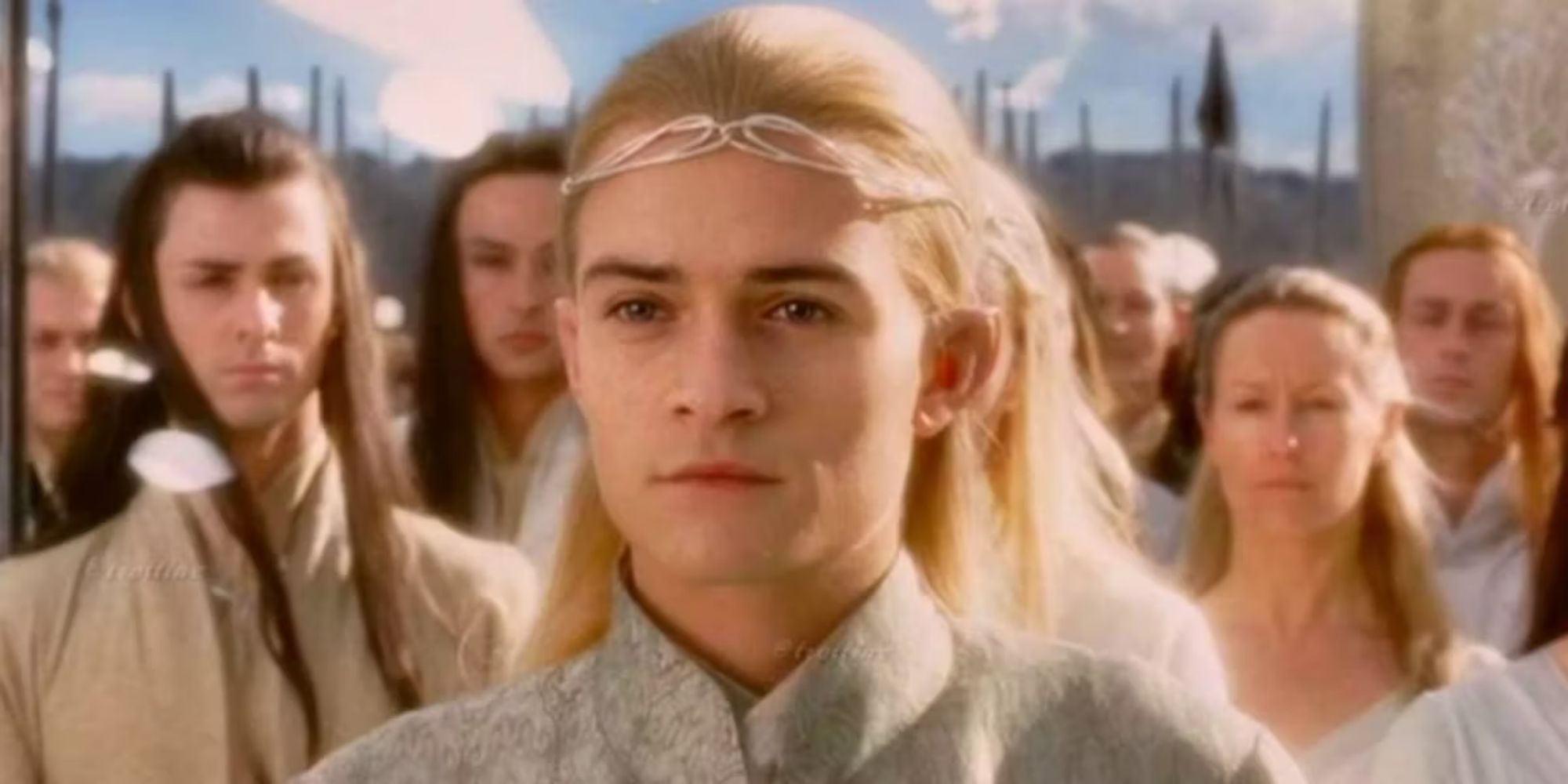
Legolas did eventually follow his kin across the sea to the Undying Lands. Following the death of Aragorn, Legolas crafted his own ship that would allow him to sail along the Straight Road, the only path to the heavenly Undying Lands. His ship was built in Ithilien, and Legolas sailed it down the Anduin River where it spilled into the Bay of Belfalas. From there, Legolas continued on his journey to the Undying Lands like all immortal beings (and Ringbearers).
Legolas’ journey was unique, as his friendship with Gimli remained so strong that he invited the Dwarf to accompany him. While Tolkien only ever hinted in letters at what became of Legolas and Gimli once they arrived in the Undying Lands, he believed that Gimli would have been allowed to stay. While the Ringbearers received special permission from the Valar due to the role they played in stopping Sauron, it’s theorized Legolas’ friendship with Gimli served as a powerful representation of the world’s healing following the events of The Lord of the Rings: The Return of the King.





